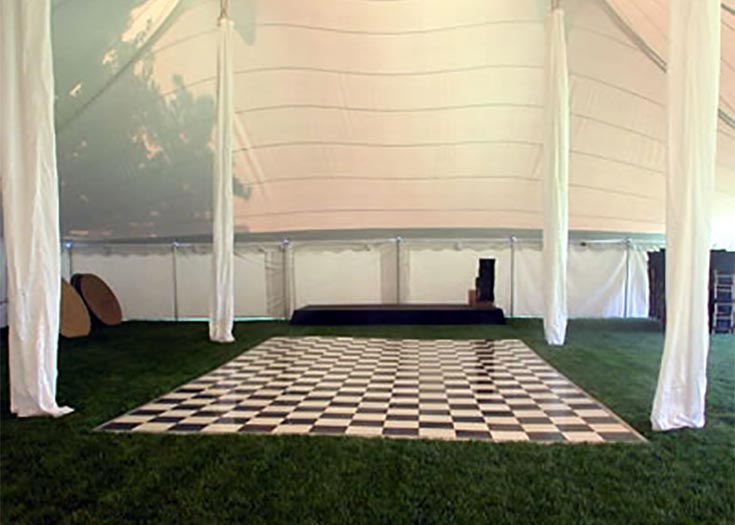Brightening Innovation Through Hue Principles in Illuminated Dance Surface Creations
Brightening Innovation Through Hue Principles in Illuminated Dance Surface Creations
Blog Article
Hue theory is a crucial aspect of design, particularly as it relates to designing light-emitting diode dance floors. The interplay of hues can significantly affect the atmosphere and energy of a space. Through grasping how colors function together, designers can create an ambiance that improves the overall encounter for participants. This article examines the basics of hue theory and its use in light-emitting diode dance surface layouts.
The primary colors are red, blue, and yellow. These colors cannot be made by mixing other colors together. Secondary colors, such as emerald, tangerine, and violet, are formed by combining primary hues. Third-level hues are created by combining a main hue with a secondary hue. Understanding these basic relationships helps creators select hues that enhance one another and produce a visually appealing show. Mixing these hues on an light-emitting diode dancing floor can lead to dynamic and exciting outcomes that capture the focus of participants.
Color temperature also plays a crucial part in aesthetics. Hues can be categorized as warm or chill. Warm colors, such as red, orange, and golden, often to elicit feelings of excitement and dance floor rental with professional lighting heat. In contrast, cool colors like azure, emerald, and violet often create a calm and tranquil atmosphere. Designers can utilize these hue values to set the mood for different kinds of occasions. For example, a celebration environment may benefit from warm colors that invigorate the audience, while a further relaxed event might employ chill colors to provide a calming influence.
In furthermore to color combinations and temperature, luminosity and saturation are essential elements to consider. Luminosity denotes to how bright or dark a color looks, while intensity measures the intensity of a hue. Vivid, saturated colors can generate a lively and lively environment, ideal for dancing floors. On the contrary hand, gentler, less saturated hues can generate a more subdued environment. Through manipulating luminosity and intensity, creators can draw attention to particular sections of the dancing surface or create sight routes, leading dancers through the space.
Ultimately, it is crucial to consider the psychological impacts of color in light-emitting diode dancing look at this now floor layouts. Various colors can elicit various emotions and reactions. For example, red is often associated with zeal and energy, while azure can be soothing and peaceful. Grasping these associations enables creators to tactically use colors to affect the behavior of participants. By incorporating hue theory into light-emitting diode dancing floor designs, designers can enhance the total experience, rendering it memorable and enjoyable for all participating.